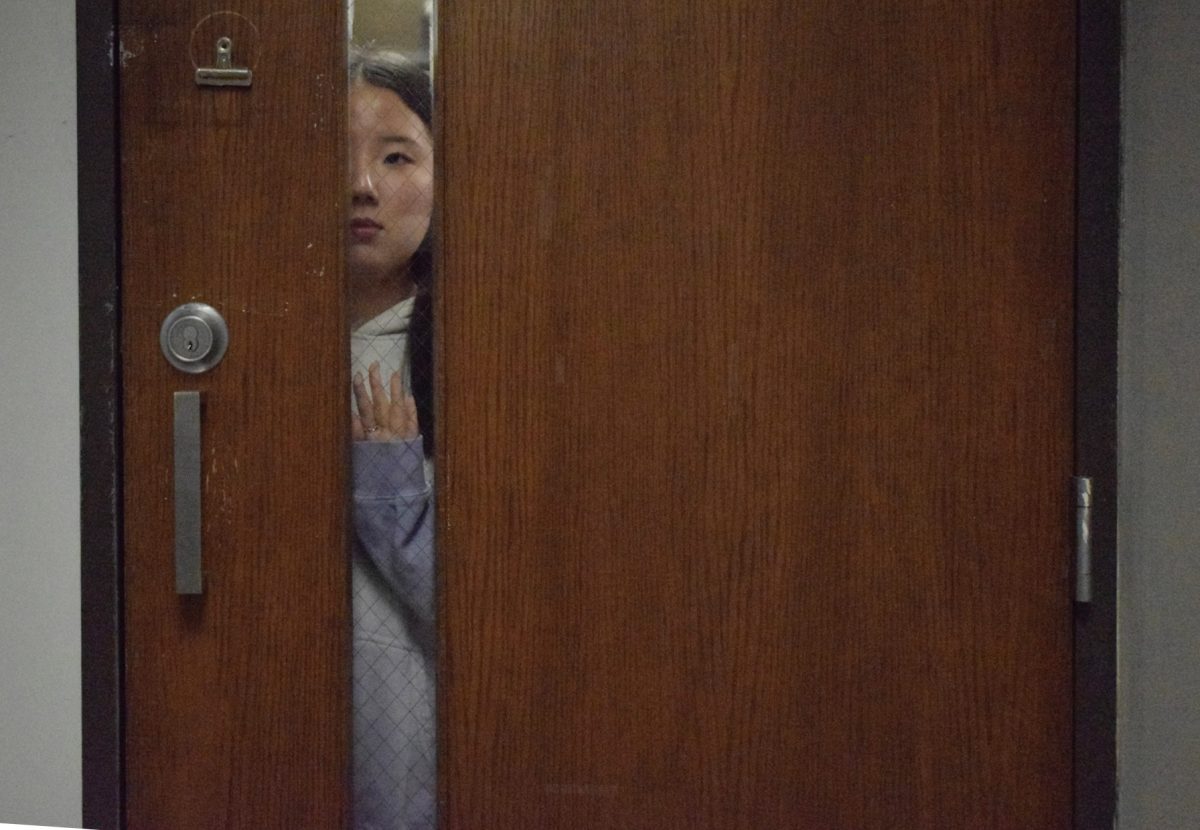The family car is a small green spaceship, traffic is flowing on aerial highways and the entirety of society is located at the top of very small spires: It’s The Jetsons.. Sadly, an era of common and public space travel, as depicted in the iconic 1960’s television show, like that is a long way away. Space law outlines the plethora of court hearings and hoops that must be jumped through long before the launch of a rocket, keeping the process of commercial space travel deliberately slow. Furthermore, after the Challenger and Columbia disasters, the U.S. government wants to ensure no such destruction would happen again if at all preventable.
Space law is really only useful to the likes of SpaceX, Virgin Galactic and other major corporations invested in private spaceflight, and all are are relatively new, being founded after 2000, with the exception of Boeing. Congress began to allow private space travel in 1984; however, when it passed the Commercial Spaceflight Act. “The Act also directs the FAA to encourage, facilitate, and promote commercial space launches and reentries by the private sector, including those involving spaceflight participants.” Such guiding principles have allowed the rise of the commercial spaceflight industry to increase partnership with governmental organizations like NASA.
The FAA’s Office of Commercial Space Transportation has all of the laws relating to commercial spaceflight publicly available on its website for all to see—with some exceptions. Many subsections, some of them rather large, are listed as “reserved.” This makes me wonder, what don’t they want us to know and why don’t they want us to know it? One can only guess what the contents are, and it is concerning why they don’t want those things made public. The law is meant to be accessible by all, so that people can know what is legal and what isn’t. How are we, as the public, able to judge the integrity of private spaceflight without knowing all of the standards that they should be adhering to? The reserved sections of commercial spaceflight law are suspicious, but appear to be a small minority of the overall law. There is enough specificity in the public facets of commercial spaceflight law that an emphasis on safety is clearly and repeatedly assured.
For a launch plan or an actual launch to be approved, it must have what is called an “acceptable flight risk,” of 0.00003 average casualties possible in the public from potential spacecraft debris. Basically, the number of people that could get hurt, on average, if the rocket blows up has to be at 0.00003 or less. This is the best safety precaution that could possibly exist, in the context of space travel.. This requirement doesn’t mean that accidents will never happen, sometimes disaster cannot be foreseen—this is the best failsafe that exists, and it’s a pretty good one.
Before an actual launch, the launchers must submit a safety review document to the FAA. The Office of Commercial Space Transportation provides a list of things that, at minimum, should be included on the document, and that list contains more than 70 different items. That way, every component and how it works, every procedure and backup procedure and record of the whole process from design to launch are compiled in an accessible format. This requirement keeps all involved parties on the same page and holds those doing the launch responsible for following the law.
In all honesty, there will be times when private spaceflight is a massive failure. But NASA has had its share of those failures too—that’s to be expected with the relative newness and level of innovation of spaceflight today. The media discusses the failures of private spaceflight much more than its successes (e.g. SpaceX’s reusability of rockets and its contract to eventually carry NASA crews to the International Space Station) giving the wrong impression of the trustworthiness of companies invested in the industry. The regulations that the FAA has in place for private spaceflights of any kind ensure that every precaution is taken to preserve life and property; there is no need to fear.


![Sophomore Maryem Hidic signs up for an academic lab through Infinite Campus, a grading and scheduling software. Some students enjoyed selecting their responsive schedule in a method that was used school-wide last year. “I think it's more inconvenient now, because I can't change [my classes] the day of, if I have a big test coming and I forget about it, I can't change [my class],” sophomore Alisha Singh said.](https://pwestpathfinder.com/wp-content/uploads/2025/10/DSC_0012-1200x801.jpg)
![Senior Dhiya Prasanna examines a bottle of Tylenol. Prasanna has observed data in science labs and in real life. “[I] advise the public not to just look or search for information that supports your argument, but search for information that doesn't support it,” Prasanna said.](https://pwestpathfinder.com/wp-content/uploads/2025/10/DSC_0073-2-1200x800.jpg)
![Junior Fiona Dye lifts weights in Strength and Conditioning. Now that the Trump administration has instituted policies such as AI deregulation, tariffs and university funding freezes, women may have to work twice as hard to get half as far. "[Trump] wants America to be more divided; he wants to inspire hatred in people,” feminist club member and junior Clara Lazarini said.](https://pwestpathfinder.com/wp-content/uploads/2025/05/Flag.png)
![As the Trump administration cracks down on immigration, it scapegoats many immigrants for the United States’ plights, precipitating a possible genocide. Sophomore Annabella Whiteley moved from the United Kingdom when she was eight. “It’s pretty scary because I’m on a visa. When my visa expires next year, I’m not sure what’s going to happen, especially with [immigration] policies up in the air, so it is a concern for my family,” Whiteley said.](https://pwestpathfinder.com/wp-content/uploads/2025/05/DSC_0077-7copy.jpg)
![Shifting global trade, President Donald Trump’s tariffs are raising concerns about economic stability for the U.S. and other countries alike. “[The tariffs are] going to pose a distinct challenge to the U.S. economy and a challenge to the global economy on the whole because it's going to greatly upset who trades with who and where resources and products are going to come from,” social studies teacher Melvin Trotier said.](https://pwestpathfinder.com/wp-content/uploads/2025/05/MDB_3456-1200x800.jpg)



![Some of the most deadly instances of gun violence have occurred in schools, communities and other ‘safe spaces’ for students. These uncontrolled settings give way to the need for gun regulation, including background and mental health checks. “Gun control comes about with more laws, but there are a lot of guns out there that people could obtain illegally. What is a solution that would get the illegal guns off the street? We have yet to find [one],” social studies teacher Nancy Sachtlaben said.](https://pwestpathfinder.com/wp-content/uploads/2025/01/DSC_5122-1200x800.jpg)

